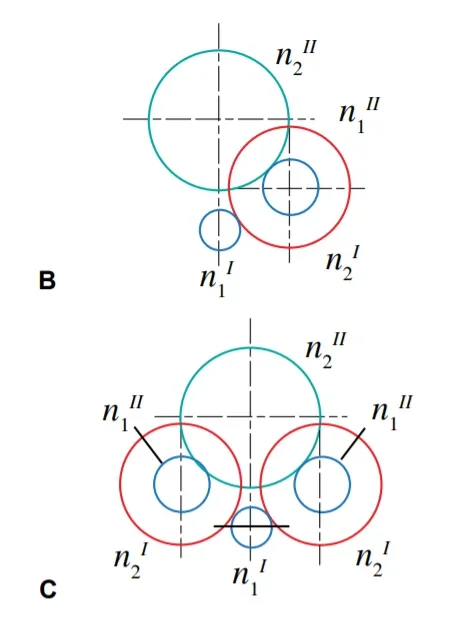meccanicamg
Guest
if you have to do static verification in the most stressed section you will use:[math]\sigma_{adm}}frac{rsspelk_s*k_d}[/math]where ks will be the static safety coefficient that could be very well 1.5....2 and the kd coefficient will be the dynamic safety coefficient that could be worth for medium/free condition even 2...3...5.sisi lo sò, was right to have a correlation between the two results
and you will compare it with the tension of von mises of the section with all actions agents.
Remember that if the exercise does not ask for the explicit application of dynamic conditions, fatigue and anything else, academically it refers only to ks that is taken 1.5 standard and at times 2 so to have a little more margin (but it is not so much)....practically what you have seen in lesson or textbook.

